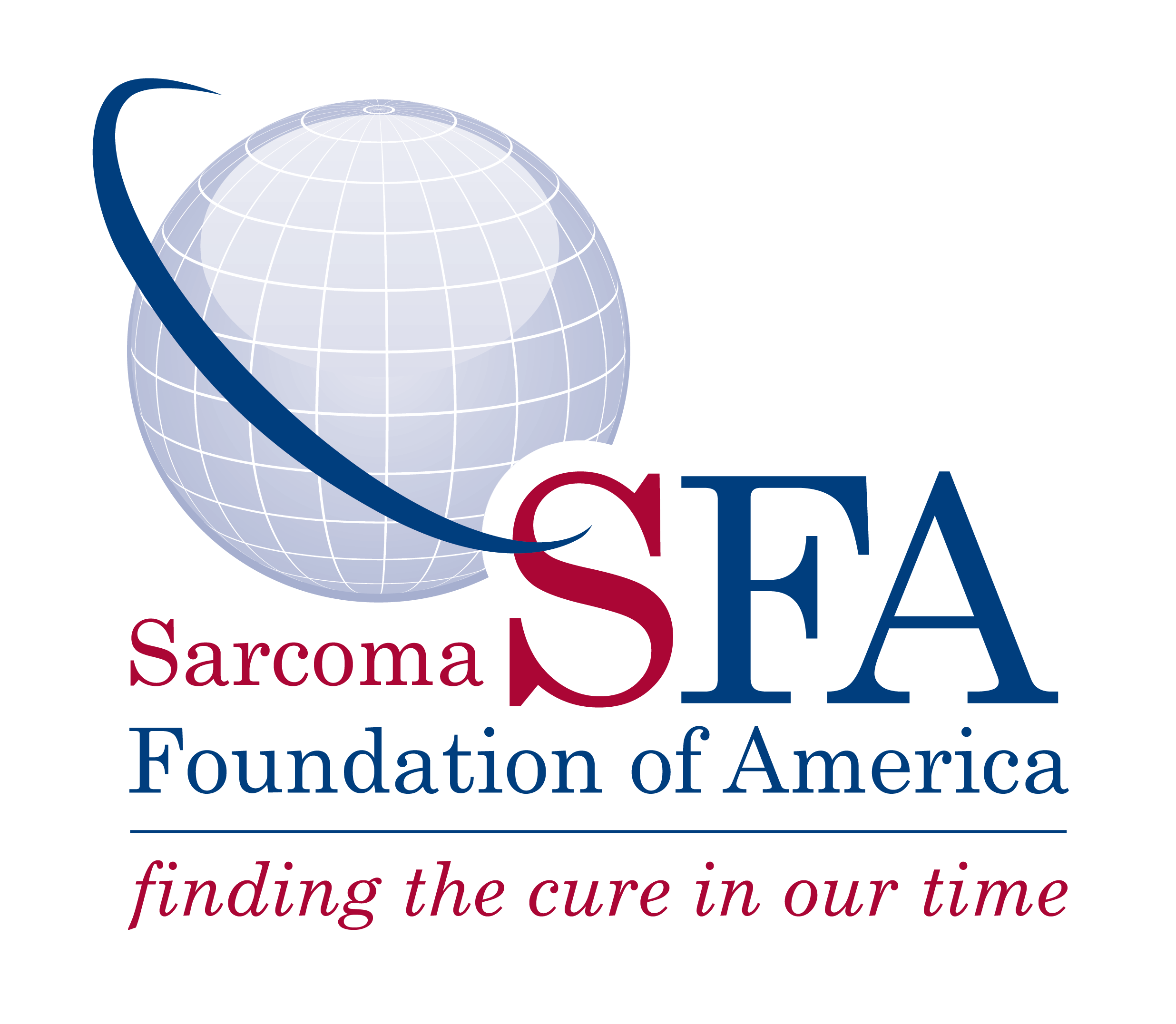Evaluating the Chromatin Accessibility Landscape as a Driver of Clinical Behavior in Primary Treatment Naive Liposarcoma
Liposarcomas are the most common histologies of soft tissue sarcomas. Although the most common subtypes of liposarcoma, well-differentiated liposarcoma (WDLPS) and dedifferentiated liposarcoma (DDLPS), often coexist, their clinical behavior and prognosis differ dramatically. Efficacious and well tolerated systemic treatment options for both subtypes are lacking with few advances made over preceding decades.
Development of novel therapies is, in part, constrained by our limited understanding of liposarcoma pathogenesis. Whole exome sequencing has shown that mutation rates are modest in coding regions of WDLPS and DDLPS genomes, with few recurrently mutated genes across series and no significant differences between histologies to explain differences in subtype-specific behavior. It has also long been recognized that WDLPS and DDLPS are characterized by complex genomic rearrangements. Although the clinical implications of chromosomal aberrations in liposarcomas are incompletely understood, in other malignancies complex chromosomal rearrangements have been shown to alter chromatin folding, architecture, and organization which in turn impact functional genomic processes and the tumor regulatory landscape through altered near- and long-range interactions. Another hallmark of the gene regulatory landscape is chromatin accessibility, which is regulated by epigenetic pathways and can be dysregulated as a result of both chromosomal rearrangements and mutations in the noncoding genome and which have been unstudied in liposarcoma.
We hypothesize that chromatin accessibility differ as a result of changes occurring in the noncoding genomes and complex chromosomal rearrangements in WDLPS and DDLPS and contribute to dysregulation of downstream gene regulatory networks. Chromatin dysregulation of WDLPS and DDLPS may therefore play a critical role in sarcomagenesis and underly differences in the clinical behavior and aggressiveness between these common liposarcoma subtypes. The aims of the proposed study are to 1) characterize and determine differences in the chromatin accessibility landscapes of treatment naïve WDLPS and DDLPS and 2) understand the functional consequences of differences in the noncoding genomes and complex chromosomal rearrangements on chromatin accessibility and downstream gene regulatory networks in treatment-naive WDLPS and DDLPS. The above aims will be achieved by performing and integrating ATAC-seq and RNA-seq datasets using matched WDLPS and DDLPS tumors and normal fat acquired from 5 treatment naïve patients who underwent liposarcoma resection.
The proposed study will be the first to describe the chromatin accessibility landscape of liposarcoma and to elucidate how differences in the noncoding genomes and complex chromosomal rearrangements between WDLPS and DDLPS histologies affect chromatin “openness,” downstream gene regulatory networks, and ultimately disparate biologic subtype-specific behavior and prognosis.

